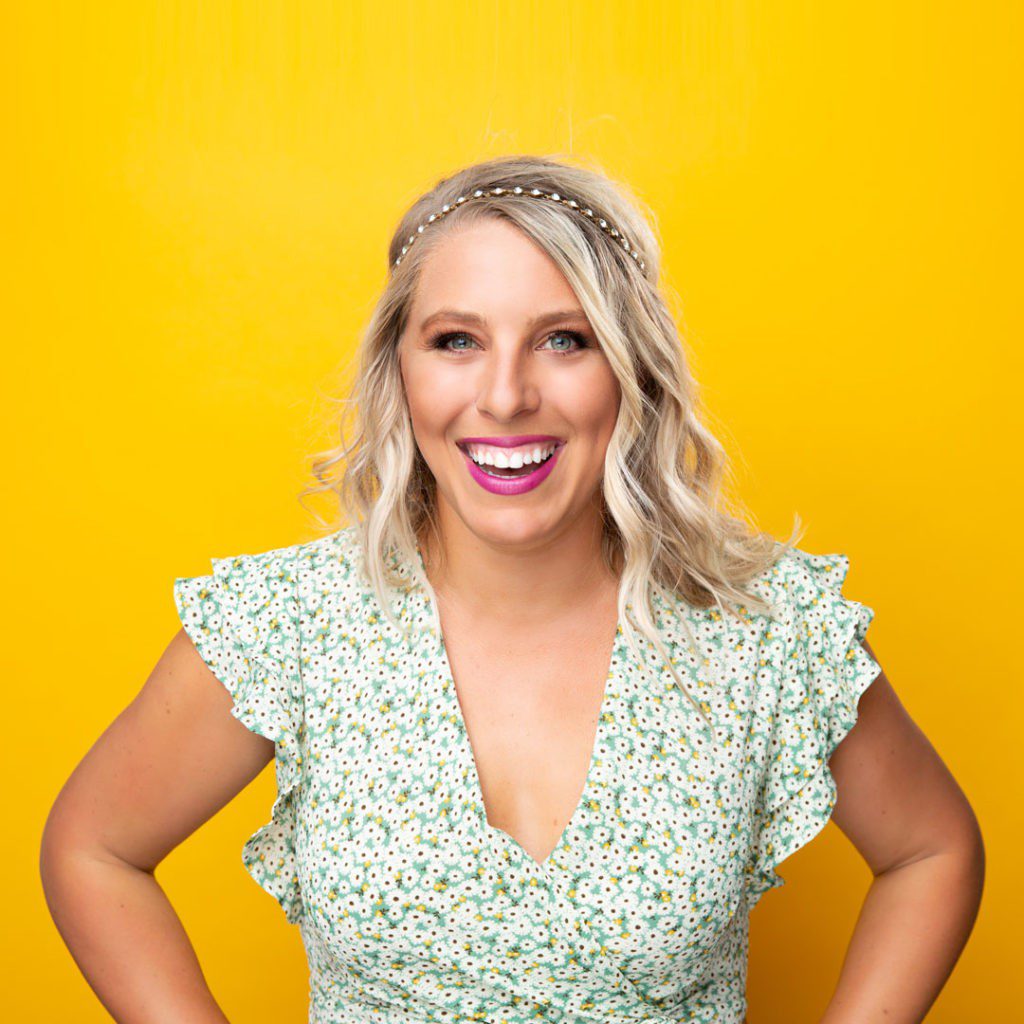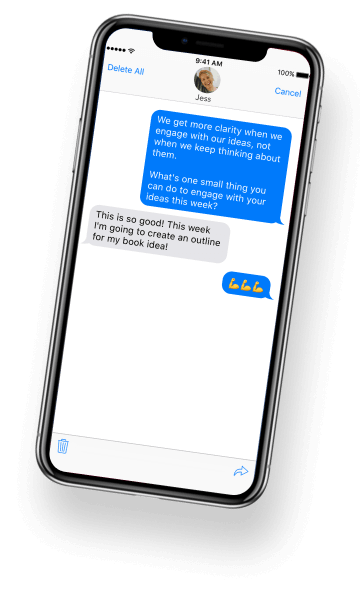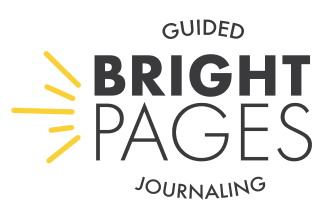
Show Notes:
Have you ever finished a book and thought, "That would have been better as an article or blog post?" I think we've all experienced that.
In this episode of Business on the Bright Side, I'm sharing four ways to help you decided if your idea should be a book or a blog post. Grab yourself a pen and paper, and let's dive into this exercise!
The most important step in being a thought leader is believing that you have something valuable to say. The second most important step is actually saying it.
How to Know if Your Idea Should Be a Book or a Blog Post:
- How long have you been thinking about it? (1:56)
- Does the writing flow? (3:48)
- Try it on for the week.
- Do the tree exercise. (6:28)
The Tree Exercise: (6:28)
- Draw a tree trunk
- In the trunk, write one central theme or transformation your book will provide.
- Think about what people need to know in order to achieve that transformation.
- Create a branch for each of those things you think of until you have 10-15
- Blog Post: Less than 7 branches
- Book: 10-15 branches
Register for the Book Pop Workshop Webinar
One Liner: The most important step in being a thought leader is believing that you have something valuable to say. The second most important step is actually saying it. (11:25)
Last week’s episode: How to Get Your Book on Shelves
Try the book writing pathway at brightpages.com.
Register for the Book Pop Workshop Webinar
Review the Transcript:
Have you ever finished reading a book, and you're like, "Well, that could have been a Forbes article"? I know I have. So what we want to do when we write a book is we want it to be overflowing so much in our heads that we just can't help but write a book. But not every idea that passes through our head is going to be big enough for a book idea, so we need tools and tips and questions to ask ourselves whether or not this idea that's been swirling in our head is actually a book idea or if it's a blog post. And if you are set and you know you have a book that you want to write, and you don't want to just self-publish it, you want to get it traditionally published, I am hosting a free webinar for women to get traditional publishing deals. So head to businessonthebrightside.com, head to Episode 30, and sign up for this free webinar today. So let's do this.
What's up everybody? It is Jess Ekstrom, and welcome to Business on the Bright Side, the podcast where you can learn how to make a living and make a difference at the same time. Life is short and so is my attention span, so let's get started.
Okay, so how do we tell If the idea that we have swirling in our head is big enough to be an actual book, or maybe it could just be a blog post, or a LinkedIn article, or a newsletter because there is a lot of great ideas out there, but sometimes we don't know whether it's juicy, or meaty, or has enough layers to actually be stretched out into an entire trade book. So here's some ways that I can help you distinguish whether that idea that's swirling in your head should be a book or a blog post.
So that first one, this first one is kind of my favorite. So how long have you been thinking about it, and maybe not in terms of like timing, but how much airtime is this idea taking up in your head? Is it what you think about when you're not thinking? Now, that's a weird question, but let's say you're you have those moments where you're unplugged. For me, a lot of times it was on airplanes. My team at Headbands of Hope would always get so mad at me because anytime I would get off a flight, I'd immediately blow them up with like a million ideas. I'm like, "We should do this. We should do that," and they're like, "Oh, Jess must have been on a flight because now she's hitting us with a bunch of ideas," because I had that moment of silence where it brought me to clarity where I could actually hear my own thoughts.
So maybe it's planes. Maybe it's when you're driving. Maybe when it's walking your dog. Maybe it's when you're taking a shower. Oh my gosh, I have so many shower ideas. What is it that you think about when you're not thinking? Are you thinking about that book idea when everything else is silent around you? Because in order for you to actually sit down and write 55,000 words, it has to be something that keeps bubbling up and it's taking up a lot of the airtime in your head when you have nothing else to think about but this. In order for us to actually sit down and write 55,000 words about a book, it has to be something meaningful enough and tugging at our soul to where we are not just willing to put the pen to paper, but we can't help, but put the pen to paper because it's something that is just almost pouring out of us. So how long have you been thinking about this and how much air time is it taking up in your head?
The second thing I want you to ask yourself when determining if this is a book or a blog post is, "Does the writing flow?" Like sometimes when I write it is just like a river, I mean, it is just common and I am just flowing with it and it just feels so good. Then sometimes I try to write about something and it's literally like wringing a towel and like just dripping onto the paper. It's just not there. So a way that you can test this is go to brightpages.com and either just try a random journaling prompt that you want to write about your book with, or pick the book writing pathway. Then when you go down that pathway, it's going to help you shape this book idea, and if you feel like you keep hitting snags where you're just keep hitting writer's block ... Now, writer's block isn't always a reason to give up, but if it's something that keeps getting in your way, then maybe it's a blog post and not a book idea. But does the writing flow and test it out with the book writing pathway on brightpages.com.
The third thing that I want you to do is just try it on for a week. This is one of my favorite strategies that, I'm sure, if you're an avid listener, you have heard me talk about this before of just like pretend to go all in. So for the next week, I want you to tell yourself, "I'm an author and I'm writing a book about (blank)." You don't even have to just tell yourself that. What if you told other people? Then you could gauge what their reaction is. If they're like, "Oh my gosh, I need that book in my life. I would totally read it."
I'm doing that right now with this new book idea that I have is people are like, "Oh, when are you going to write your second book?" I'm like, "Well, I'm actually thinking about it, and this is the book that I'm writing." They're like, "Yes, we need this topic. What if you wrote about this?" It's actually helping me do some market research about it just by sharing it with other people.
So try it on for a week, see how it feels. "I am an author and I'm writing a book about (blank). Then if you feel like, all of a sudden, things are getting clearer for you, you're discovering more, it's because you're opening that side of your brain to possibilities by telling yourself that you're doing it; because creativity dies in limbo. I mean, there is nothing more draining than one foot in, one foot out. So just put two feet in. It's always reversible. So put two feet in and say, "I'm an author and I'm writing a book about (blank)." See how it feels.
Then, lastly, this is one that is one of my favorites that I teach in book pop workshop is I want you to do what I call the tree exercise. So what I want you to do is take out a piece of paper. You could hit pause on this podcast and go grab a sheet of paper, if you'd like, and then I want you to draw a tree. Now I am the worst artist ever so I'm so glad this is the podcast where you guys can't see this tree that I'm drawing, but I want you to draw a tree. You don't have to draw the branches yet, just the trunk, and then in the trunk of the tree, I want you to write one central theme takeaway transformation that your book is going to provide.
So if you're unsure about what you want that transformation to be, head to last week's episode, and you can go to businessonthebrightside.com too, if you want to just find it or look at the notes, and that'll help you determine what this book is for and what transformation you want to provide. So I want you to draw that tree. In the trunk of it, write that transformation that you want to provide. When readers read your book, you want them to then do this. Like when someone asks, "What's your book about?", put that in the trunk of your tree, but I just want it to be one thing. One central transformation.
Then I want you to think, "What do people need to know in order to achieve that transformation that's on that tree trunk?" What do people need to know in order to achieve that transformation? Then with each fact, you're going to create a branch for it. So with each thing that people need to know to achieve that transformation, it deserves its own branch on the tree. So, for example, when I was writing Chasing the Bright Side, my tree trunk was, "I want people to know how they can use optimism to create the world they want to live in." That was my transformation. My success as an author was, "If someone read Chasing the Bright Side and believed that they could use optimism to create the world that they want to live in." That was it.
Then, what do people need to know in order to achieve that transformation? Okay, so they need to know how to manage their mind. That's a branch. They need to know how to classify their experiences into stories. That's another branch on the tree. They need to know how to view and bounce back from failure. That's another branch on the tree. They need to know how to act on their ideas. There is a branch. They also need to know how to distinguish between achievements and success. That's another branch. So if you can have 10 to 15 branches on your tree, then you have a valid book idea.
But if you can only come up with like three to five, or seven, then maybe it's a blog post. Because what this exercise, this tree exercise is teaching you, is what could potential chapters be? Because your whole mission for writing a book should be to transform a reader's life. Then the chapters are how they're going to do that. So your book is the promise. Your chapters are the solution. So what do they need to know in order to achieve that transformation, and can you come up with 10 to 15 branches in order to do that? If you can, that is a valid book idea.
Now, don't get discouraged. If you can only come up with a few, because blog posts are great. They're how we keep exercising this writer's muscle. But I want you to keep paying attention to your mind, to your body when you write, and where do you find that state of flow? Where can you not wait to hit that Publish button or hit Send on that newsletter, because maybe it's a topic that could potentially be shaped into a book idea in the future?
So just to recap, how do we determine whether this is a book or a blog post? One, how long have we been thinking about it? How much air time is it taking up in our head? Two, does the writing flow? You can try that out by taking the book writing pathway on Bright Pages. Three, just try it on for a week. Fill in the blank, "I am an author and I am writing a book on (blank). And, four, do the tree exercise. Make the trunk. Do the branches. If you can create 10 to 15 branches, then you have a valid book idea.
So if you're like, "Yes, Jess, this is a valid book idea. I got my tree. The branches are growing. I want to figure out how to publish this," then you're in luck. I am hosting a free webinar about how to get your book idea published. So head to businessonthebrightside.com. Head to this episode and sign up for my free webinar today where I show you how to get your book idea published.
I'll leave you with this: The most important step of being a thought leader is believing that you have something valuable to say. The second most important step is actually saying it.
Next week on Business on the Bright Side, we're going to chat with the wonderful Minaa B. She is an author, writer, and therapist where she'll teach us three ways to set boundaries. She is also my favorite Instagram follow. So hit the Subscribe button wherever you consume podcasts, and I'll see you on Monday.
Thanks for listening to Business on the Bright Side with Jess Ekstrom. I love to send out episodes every Monday with a quick text and a quote for me, so text me the word Podcast to 704-228-9495. That's 704-228-9495. Do you want to see what the show notes are from this episode? Head to businessonthebrightside.com. Hit subscribe here, write a review, and I'll see you on Monday.







